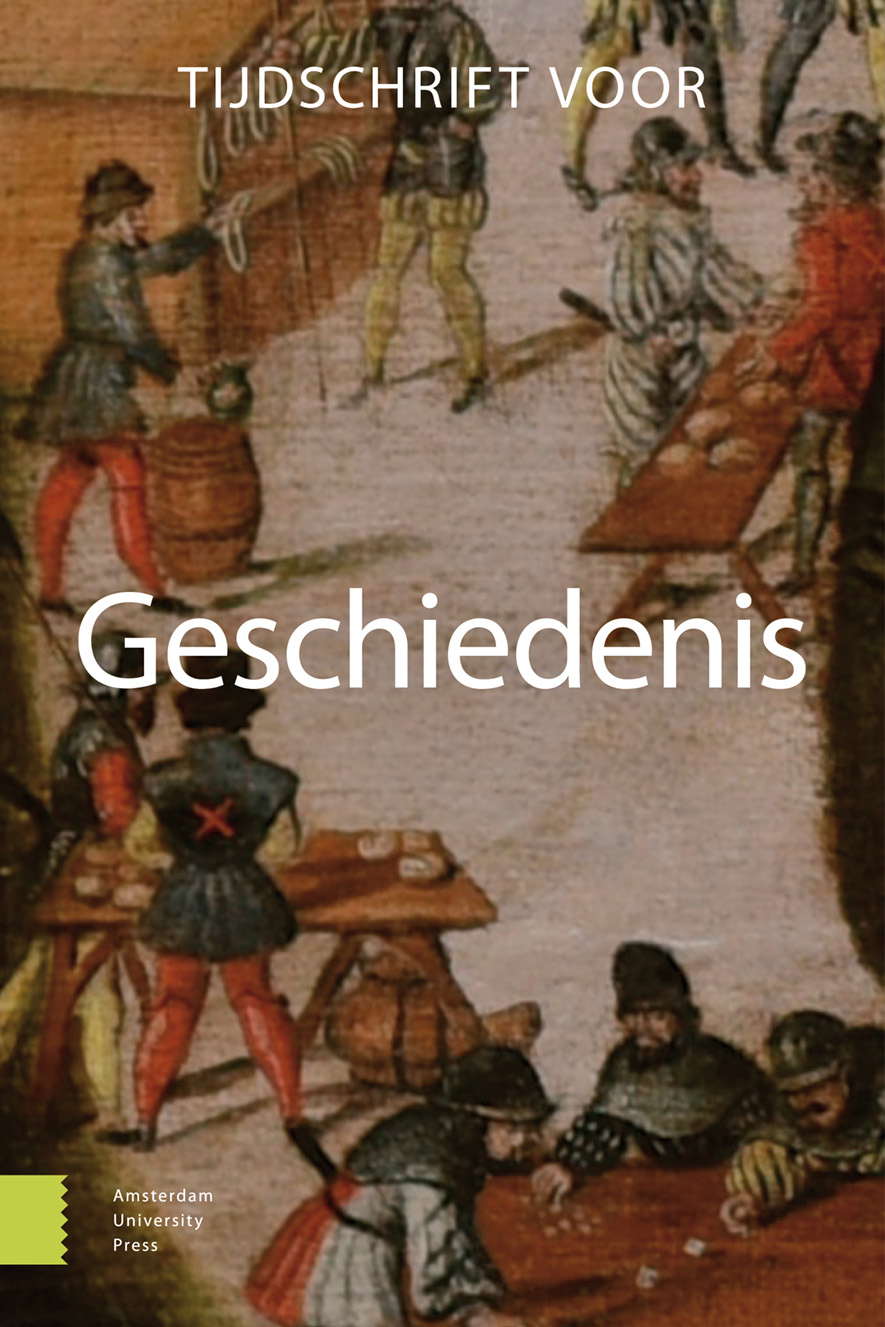-
oa Verspreiding en ontwikkeling van de wet van behoud van energie in Nederland, 1844-1900 - Een terreinverkenning
- Amsterdam University Press
- Source: Tijdschrift voor Geschiedenis, Volume 125, Issue 3, Aug 2012, p. 384 - 399
Abstract
The nineteenth-century construction of the law of energy conservation was the result of long and complex international development. Surprisingly, the Dutch reception of, and contribution to, this law has not yet been investigated. Developments in the Netherlands closely followed international trends. Those within the Dutch scientific community realized the importance of Mayer’s work at an early stage. Word-of-mouth communication effectively spread knowledge of this law among the scientific elite. In 1858 physicist Johannes Bosscha introduced the term ‘conservation of work-capacity’ (behoud van arbeidsvermogen) as a replacement for the supposedly confusing name ‘conservation of force’ (behoud van kracht). Although his terminology soon became standard, it was not automatically accepted. Rhetoric and authority were instrumental in successfully spreading the law of energy conservation.


